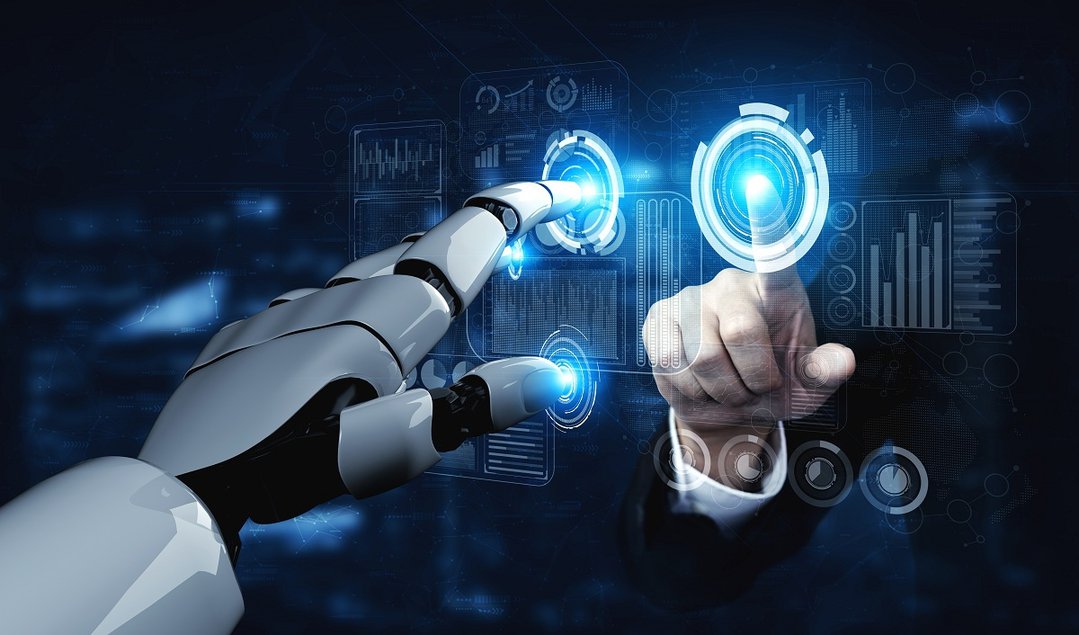Innovating Accessibility: Machine Learning Solutions for Public Spaces
In today's world, creating inclusive environments where everyone, regardless of ability, can access public spaces is paramount. Fortunately, advancements in machine learning (ML) are paving the way for innovative solutions to enhance accessibility in public areas. From smart navigation systems to assistive technologies, ML algorithms are revolutionizing the way we design and manage public spaces to ensure they are accessible to all. This blog explores unique machine learning approaches that are transforming accessibility in public spaces, offering valuable insights into how these technologies are improving the lives of individuals with disabilities.
Enhancing Navigation with AI Chatbot Development Services:
One of the key challenges faced by individuals with disabilities in public spaces is navigation. AI chatbot development services are leveraging machine learning algorithms to create intuitive and accessible navigation systems that cater to diverse needs. These AI-powered chatbots can provide real-time guidance, personalized route recommendations, and assistance with obstacles, empowering users to navigate public spaces with confidence and independence. By incorporating features such as voice commands and visual cues, AI chatbots make it easier for individuals with disabilities to navigate complex environments like airports, train stations, and shopping malls, thereby enhancing their overall mobility and freedom.
Generative AI in Healthcare: Transforming Assistive Technologies:
Generative AI, a subset of artificial intelligence focused on creating new data samples, is revolutionizing assistive technologies for individuals with disabilities. By analyzing vast datasets of user interactions and environmental factors, generative AI algorithms can generate personalized solutions tailored to the specific needs of users. For example, generative AI can be used to design custom prosthetics, mobility aids, and communication devices that adapt to users' preferences and capabilities. Additionally, generative AI enables the development of innovative tools such as smart glasses that provide real-time information about the surrounding environment, helping individuals with visual impairments navigate public spaces more effectively.
Personalized Learning for Accessibility Training and Education:
Personalized learning algorithms are playing a crucial role in enhancing accessibility training and education programs for both individuals with disabilities and public space managers. These algorithms analyze users' learning styles, preferences, and abilities to deliver customized training modules that address their specific needs. For instance, personalized learning platforms can provide interactive tutorials on accessibility best practices, disability awareness training for staff, and simulations of various disabilities to promote empathy and understanding. By incorporating personalized learning into accessibility training, public space managers can ensure that their facilities are designed and operated in a way that accommodates the diverse needs of all users, fostering a culture of inclusion and accessibility.
Smart Infrastructure Design: Leveraging Machine Learning for Accessibility
Innovative approaches to infrastructure design are emerging, with machine learning at the forefront of these developments. ML algorithms can analyze data from various sources, including crowd-sourced accessibility feedback, demographic information, and user behavior patterns, to inform the design of public spaces. By identifying areas where accessibility improvements are needed and predicting future accessibility requirements, ML enables the creation of smarter, more inclusive infrastructure. For example, predictive models can anticipate peak usage times for accessible facilities and optimize their design and placement accordingly, ensuring that individuals with disabilities have equitable access to essential amenities.

Real-Time Adaptation: Machine Learning for Dynamic Accessibility Solutions
Machine learning's ability to process and analyze real-time data makes it particularly well-suited for dynamic accessibility solutions in public spaces. For instance, ML algorithms can monitor environmental conditions such as crowd density, weather, and traffic flow to adjust accessibility features in real-time. This could involve dynamically changing signage to accommodate changing pathways, adjusting elevator scheduling to meet fluctuating demand, or rerouting accessible transportation options based on current conditions. By continuously adapting to the needs of users, these dynamic accessibility solutions enhance accessibility in public spaces and improve the overall user experience for individuals with disabilities.
Inclusive User Experience Design: Personalized Learning for Accessibility
Personalized learning algorithms are also being applied to the design of user interfaces and digital interactions to improve accessibility. These algorithms analyze users' accessibility preferences, such as font size, color contrast, and input methods, to create personalized user experiences that cater to their individual needs. By incorporating personalized accessibility settings into digital platforms, applications, and websites, developers can ensure that individuals with disabilities can access and interact with these technologies effectively. Moreover, personalized learning can empower users to customize their accessibility settings based on their evolving needs, fostering a sense of agency and autonomy in their digital experiences.
Ethical Considerations and Inclusive Design Principles
As we embrace machine learning solutions for enhancing accessibility in public spaces, it is crucial to consider the ethical implications and adhere to inclusive design principles. Ethical considerations include ensuring data privacy and security, preventing algorithmic bias, and promoting transparency and accountability in decision-making processes. Additionally, inclusive design principles emphasize the importance of involving individuals with disabilities in the design and development process, conducting thorough accessibility testing, and prioritizing universal design principles to create environments that are accessible to everyone, regardless of ability. By upholding ethical standards and inclusive design principles, we can harness the full potential of machine learning to create more accessible and inclusive public spaces for all.
Conclusion:
In conclusion, machine learning is driving innovation in accessibility, transforming public spaces into environments that are welcoming and inclusive for individuals with disabilities. Through AI chatbot development services, generative AI in healthcare, and personalized learning, ML algorithms are revolutionizing navigation systems, assistive technologies, and accessibility training programs. As these technologies continue to evolve, the future of accessibility in public spaces looks promising, with the potential to create environments where everyone can participate fully and equally in society. By embracing machine learning solutions, we can build a more accessible world for all.